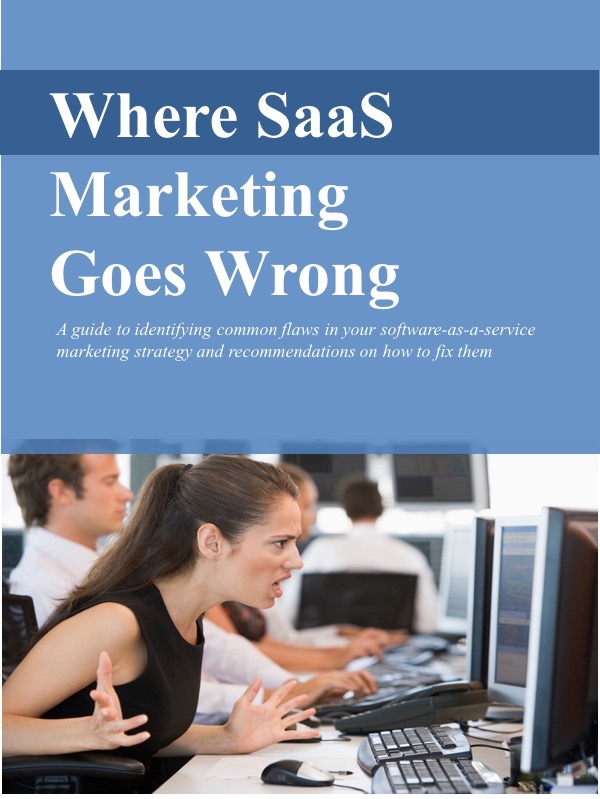Focus on the 3 most important tasks for your website
/I look at a lot of websites and it seems to me that most of them look the same.
The websites I spend most time with, those promoting B2B software-as-a-service (SaaS) solutions, follow a similar layout. There’s a logo in the top left and a few navigation tabs on the top right of the page. Below there are a few frames usually highlighting key features, often illustrated with icons. The more effective sites will then present a call-to-action, like an offer for a free trial.
All have a prominent headline at the top, usually superimposed over a photo or an illustration.
Consistency is a good thing
I don’t think this makes websites boring. Actually, I think the consistency is a good thing.
For visitors, they already have a good idea of how to navigate the website. They know, for example, that clicking on the logo will get them back to the home page.
And these standard layouts usually present well on smartphones and tablets. Visitors can see what they want to see even on a smaller screen.
Focus on the 3 tasks that matter
The more standard website layout is a good thing for marketers, too.
They’re relieved of making tough choices about where to put the navigation bar, what to show in the top frame, what to put in the footer, and dozens of other decisions.
Instead they can think about the things that really matter:
Explaining what problem the product solves
Building credibility and trust
Collecting contact information from prospects.
These are the key tasks for a website marketing a B2B SaaS solution.
Explaining what problem your product solves:
The headline – the information in the top frame – needs to clearly and concisely show the visitor that you can solve a problem for them. And the visitor should grasp that in a few seconds.
Remember that most SaaS buyers are busy people juggling lots of priorities. You can’t ask them to work too hard to figure out what you sell. (See “Why your prospects are ignoring you.”)
Another tip here: The headline is about the visitor and their problem. It’s not about you and your technology.
Building credibility and trust:
The website should help convince the visitor, your prospective customer, that they can trust you.
A SaaS solution is essentially a promise to deliver something of value over the life of the subscription. The prospect needs to know that you can actually deliver. (See “SaaS marketing is about promises, not products.”)
Earning credibility could be done by showing your success with other customers, maybe showing logos or “happy customer” quotes.
You could show your deep understanding of the challenges facing customers, sharing your expertise or explaining that you’ve had first-hand experience in their market. This is where papers or blogs can be helpful.
Collecting contact information from prospects:
The website needs to efficiently collect contact information from visitors that show an interest in your solution. That’s information you can use to cultivate contacts into qualified opportunities. It’s what turns your website from just an online billboard into an effective customer acquisition program.
Asking for contact information is usually most effective when you offer something in return, such as a free trial, a helpful paper, or expert guidance of some sort. Visitors aren’t likely to “sign up so we can stay in touch,” without more specific information. Nobody needs more spam.
I really don’t know if marketers miss the choices and flexibility from the earlier days of website design. But I do know that it doesn’t mean less work.
While we’re no longer thinking so much about layout, we should instead be thinking hard about the message and the call-to-action. Those are the things that really matter.
